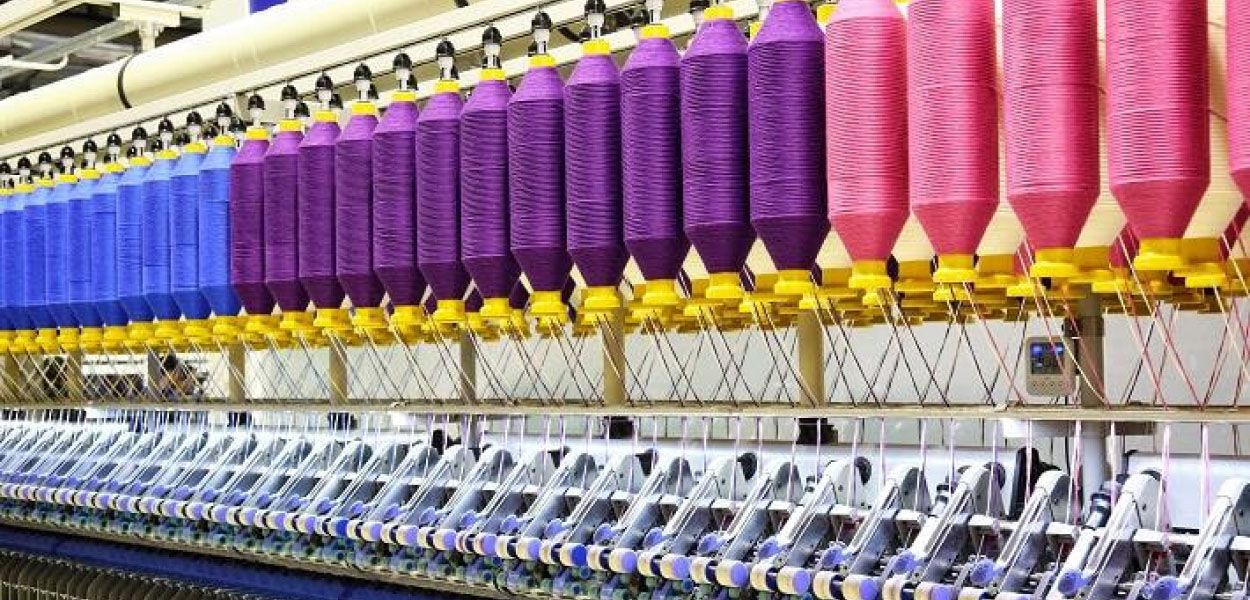As technology continues to advance at a rapid pace, so too do the materials and processes used in modern manufacturing. Industrial textiles, once considered a niche product, have become an integral part of many industries, offering a range of benefits from increased durability to enhanced functionality. In this article, we will explore the latest innovations in industrial textiles and how they are revolutionizing the manufacturing sector.
High-Performance Fabrics
One of the most significant advancements in industrial textiles is the development of high-performance fabrics that are specifically engineered to withstand harsh conditions and heavy use. These fabrics are often made from advanced materials such as aramid, carbon fiber, and fiberglass, which offer superior strength and durability compared to traditional textiles.
High-performance fabrics are commonly used in industries such as aerospace, automotive, and defense, where reliability and performance are paramount. These fabrics can withstand extreme temperatures, resist chemicals and abrasion, and provide excellent insulation properties, making them ideal for a wide range of applications.
Smart Textiles
Another exciting development in industrial textiles is the emergence of smart textiles, or fabrics that incorporate electronic components to provide additional functionality. These textiles can be embedded with sensors, microchips, and other electronic devices to monitor and control various parameters such as temperature, pressure, and moisture levels.
Smart textiles are being used in a variety of industries, including healthcare, sports, and fashion, where they offer a range of benefits such as monitoring patients’ vital signs, tracking athletes’ performance, and creating interactive clothing designs. These textiles have the potential to revolutionize the way we think about fabric, turning them into dynamic and adaptive materials that can respond to their environment.
Nanotechnology
Nanotechnology has also had a significant impact on the development of industrial textiles, allowing for the creation of fabrics with unique properties at the molecular level. By manipulating materials at the nanoscale, researchers have been able to produce textiles that are incredibly lightweight, flexible, and strong, with enhanced chemical and thermal resistance.
These nanotech textiles are being used in a wide range of applications, from protective clothing for first responders to advanced filters for air and water purification. The ability to tailor textiles at the molecular level opens up a world of possibilities for creating fabrics that are more efficient, durable, and sustainable than ever before.
Sustainability
As the demand for environmentally-friendly products continues to grow, manufacturers are turning to sustainable materials and processes to reduce their impact on the planet. Industrial textiles are no exception, with many companies investing in eco-friendly alternatives such as recycled fibers, biodegradable polymers, and renewable energy sources.
Recycling programs have also become more prevalent in the textile industry, allowing manufacturers to reuse materials and reduce waste. By incorporating sustainable practices into their production processes, companies can not only reduce their carbon footprint but also appeal to environmentally-conscious consumers who are increasingly looking for eco-friendly products.
Conclusion
The innovations in industrial textiles are transforming the manufacturing sector, providing companies with new opportunities to improve efficiency, functionality, and sustainability. From high-performance fabrics to smart textiles, nanotechnology, and sustainable materials, the possibilities for innovation are endless. As technology continues to advance, we can expect to see even more exciting developments in industrial textiles that will continue to drive progress in the manufacturing industry.
For more information on the latest innovations in industrial textiles and how they can benefit your business, contact us today.
